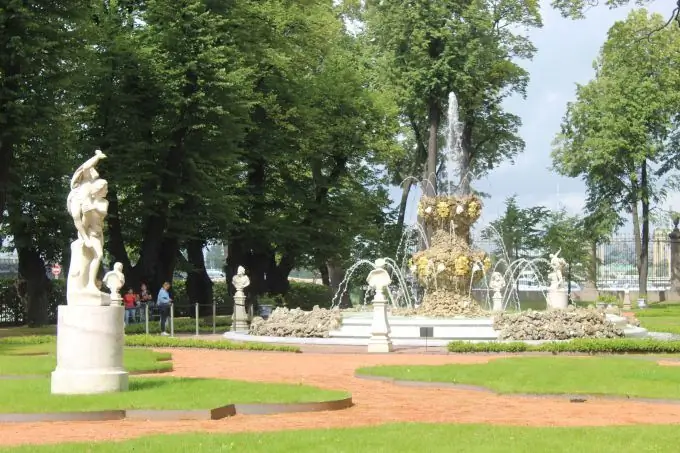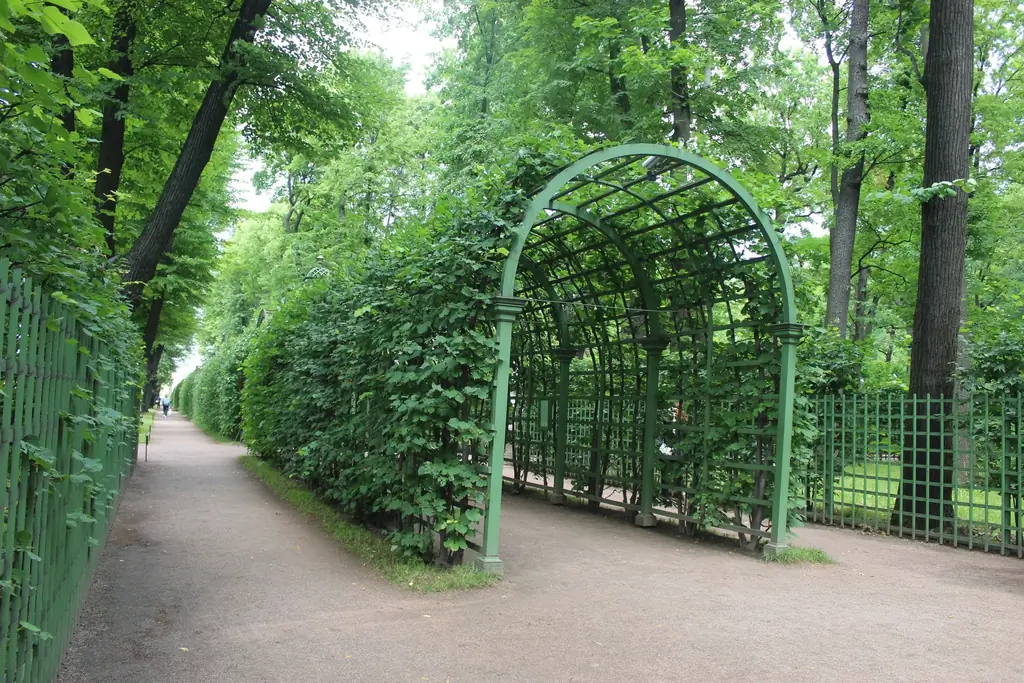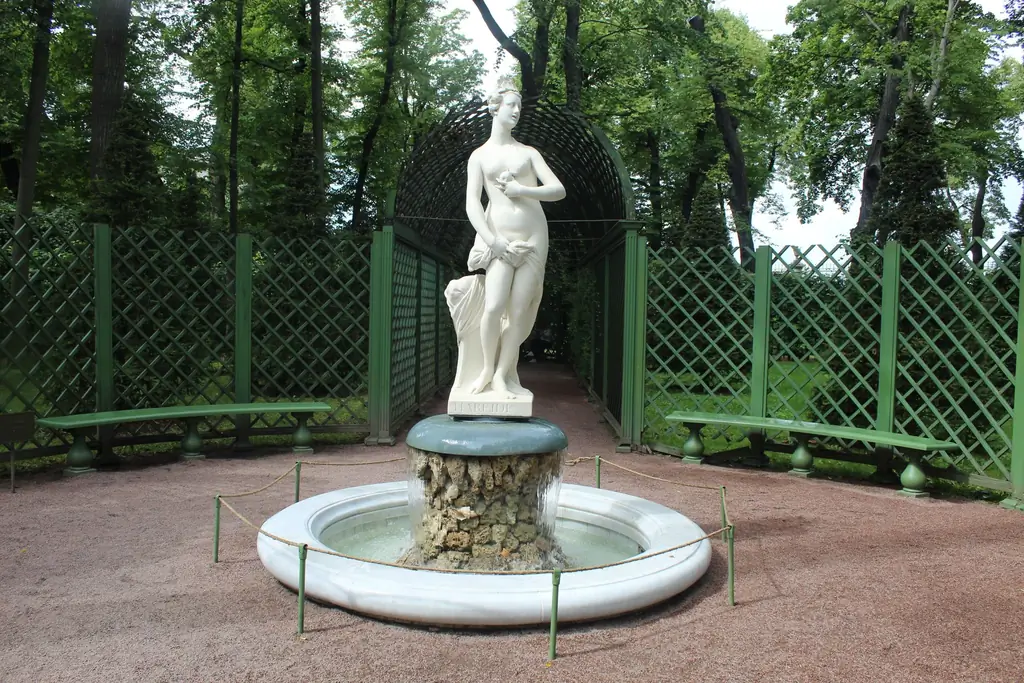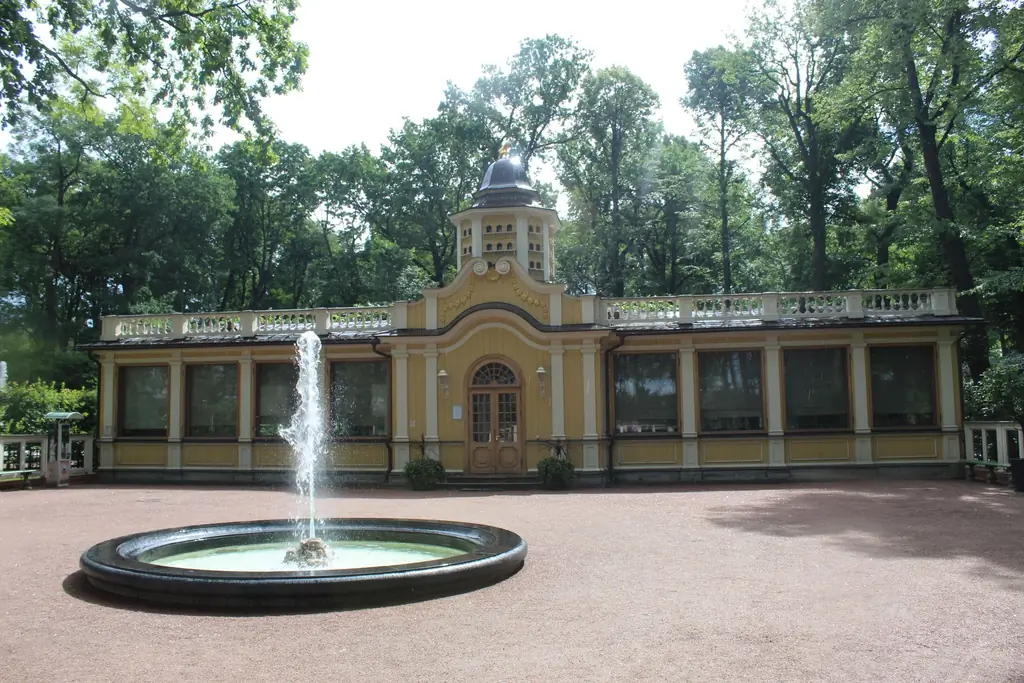We know the Summer Garden of St. Petersburg from the school curriculum, it is mentioned in literary works. Until now, it remains a favorite place for walking, both among Petersburgers and tourists. Its name speaks for itself, it is best to walk in the garden during the warm season.

The Summer Garden in St. Petersburg is one of the most famous and popular parks in the city; it is often visited by tourists. It is a historical place in the city center and is considered a monument of gardening art. The entrance is free, but the territory is guarded.
Founded in 1704 by decree of Tsar Peter I on the island of Usaditsa.
Previously, the territory on which the garden is located belonged to the Swedish major Erich Berndt von Konow. The garden was located next to the summer residence of the emperor, therefore it received the appropriate name.
The garden was created in seven stages, it was equipped over several centuries.

A collection of marble statues of Italian masters was placed on its territory, over time they began to deteriorate. The statues were restored and moved to the Engineering Castle. Only two statues in the garden were not replaced with copies, they are real. The original statue "Peace and Victory" by Pietro Baratta (1722) was installed between the Summer Palace of Peter I and the Neva River. In the pavilion "Dovecote" you can see the original of the herm "Bacchus".

The Summer Garden is a bit like Peterhof, this is not surprising. Tsar Peter I wished to create a garden of fountains near his summer residence. Some fountains of the Lower Park of Peterhof and the Summer Garden repeat each other.
Originally there were ten fountains in the garden, they were destroyed during the floods in September 1777.
In 2011, only eight fountains were recreated, the ninth became a museum exhibit. In the garden you can see the Pyramid fountain, which almost completely repeats the fountain of the same name in Peterhof. It appeared in accordance with the decree of Catherine I.

The main attraction of the garden can be called the Summer Palace of Peter I, it miraculously was not damaged during the flood. Most of the buildings in the garden have not survived, like the second palace intended for Catherine I.
The grotto, which was built under Peter I after the flood, was rebuilt into a Coffee House. There is a legend that there are underground tunnels under the building, but no one knows where they lead. The coffee house was rented by a pastry chef from Italy, Piazza, who sold his cakes in the garden. They were popular with visitors; now there is a small coffee shop in the building.
The aviary for birds has been preserved, the entrance to its territory is free.

While walking around the Summer Garden, pay attention to the fence, it is unique. Poetess A. Akhmatova called her the best in the world. The fence consists of 36 granite columns, they are decorated with vases and connected with an openwork metal lattice. It was designed by two architects, Y. Felten and P. Egorov.
The garden has been mentioned several times in the literary works of famous poets. For example, A. S. Pushkin wrote in his novel "Eugene Onegin" that his main character was taken to the Summer Garden as a child.






